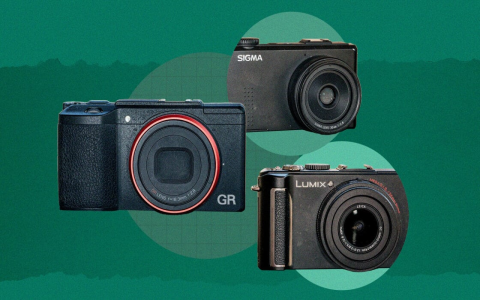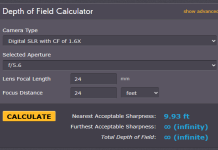Okay, let me walk you through what happened when I got the idea of using a 24-70mm lens on my trusty old Panasonic Lumix G7.
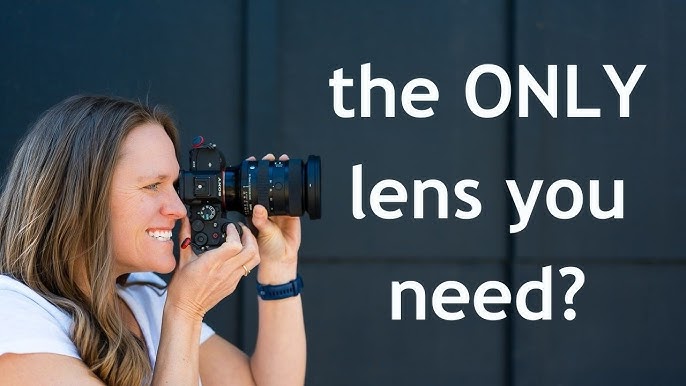
Getting the Idea
So, I kept hearing folks with bigger cameras talk about their 24-70mm lenses. Sounded like the perfect thing, right? Covers a lot of ground, good for everyday stuff, bit of wide angle, bit of zoom. I had my Lumix G7, which I really liked, still do. It’s a solid little camera. I thought, why not try and get that same magic 24-70 range on my G7?
First Attempt – The Adapter Route
My first thought was, maybe I can just grab one of those full-frame 24-70 lenses, you know, like a Canon or Nikon one, and stick it on the G7 with an adapter. Seemed straightforward enough. I looked around and found an adapter, I think it was one of those cheaper manual ones first, just to see.
So, I managed to borrow an older 24-70mm lens from a buddy. Man, when I attached that thing to my little G7, it looked ridiculous. The lens was huge, way bigger and heavier than the camera body itself. It felt completely unbalanced, like the lens was wearing the camera, not the other way around.
Then the reality hit me. Micro Four Thirds cameras like the G7 have that crop factor. So, that 24-70mm wasn’t really 24-70mm on my camera at all. It was more like 48-140mm. Totally different beast! Not the wide-ish view I was hoping for at the short end. Plus, focusing manually with that heavy lens? Not fun. Autofocus adapters? Heard they could be slow and clunky, and cost more money I wasn’t sure I wanted to spend.
- The lens felt massive on the G7 body.
- It was heavy and made holding the camera awkward.
- The crop factor meant the zoom range wasn’t what I expected (way more zoomed in).
- Manual focus was a pain.
- Autofocus adapters seemed like another potential headache.
I fiddled with it for an afternoon. Took some test shots. It just wasn’t practical. Not for the run-and-gun shooting I often do. It slowed me down, felt cumbersome. This wasn’t working out.
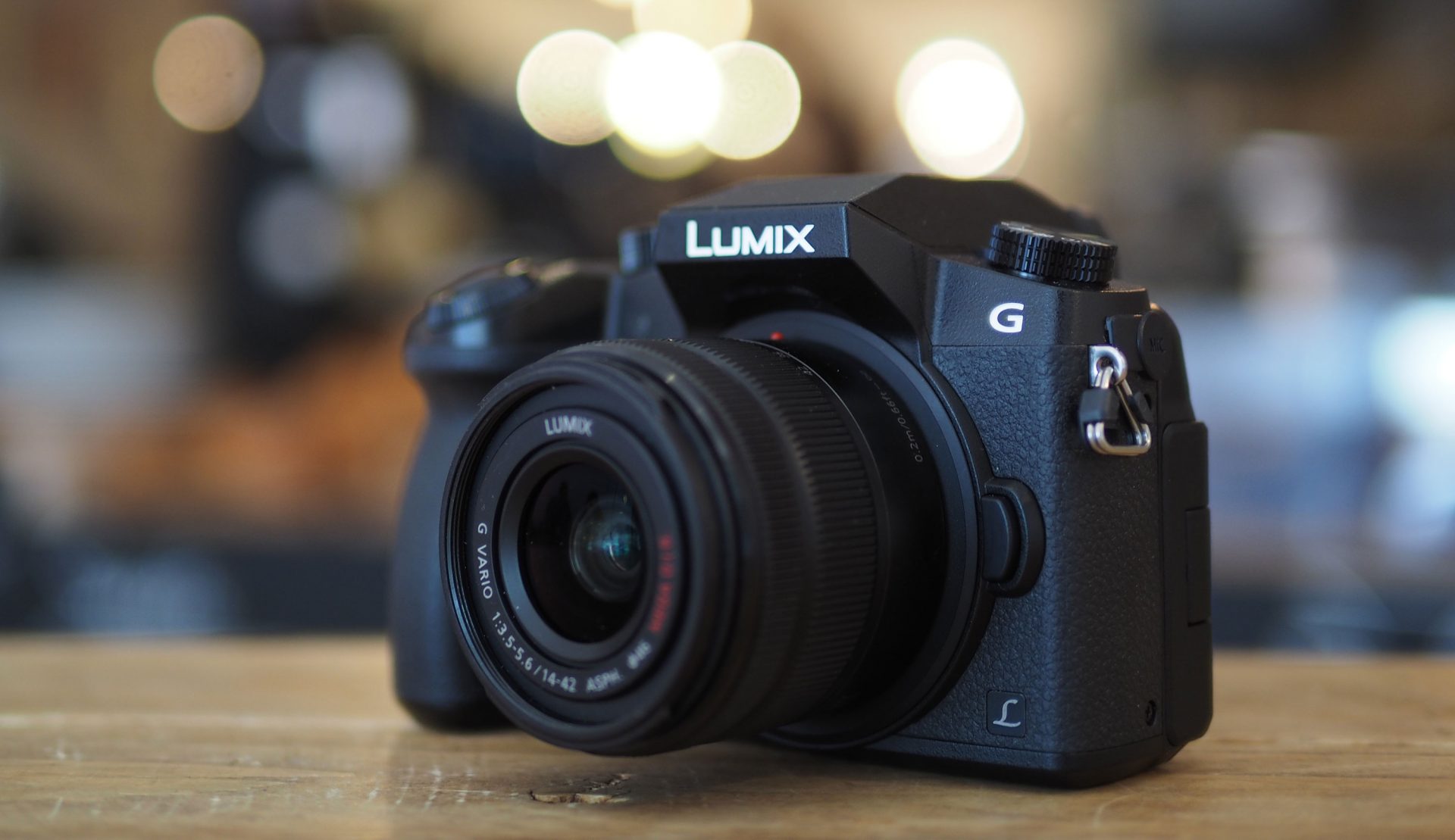
Finding the Right Tool for the Job
Alright, back to the drawing board. I did some more digging, specifically about lenses made for Micro Four Thirds. Turns out, the system has its own equivalent to the full-frame 24-70mm. For Panasonic, that’s the Lumix G X Vario 12-35mm f/2.8 lens. Olympus has a similar one, the 12-40mm f/2.8.
Okay, 12-35mm. On the G7, with the 2x crop factor, that gives you the exact equivalent field of view as a 24-70mm lens on a full-frame camera. Lightbulb moment! That’s what I actually needed.
It wasn’t cheap, mind you. These constant f/2.8 pro zooms cost a bit. But I decided to bite the bullet and found a used Panasonic 12-35mm f/2.8 (I think it was the first version) in good condition.
Using the Native Lens
When the 12-35mm arrived, I put it on the G7. What a difference! It just fit. The size was right, the weight felt balanced with the camera body. It looked like it belonged there.
I started shooting with it immediately. Snapped photos around the house, took it outside. The autofocus was quick, just like you’d expect with a native lens. The f/2.8 aperture was great for lower light and getting a bit of background blur, much better than the kit lens I had before.
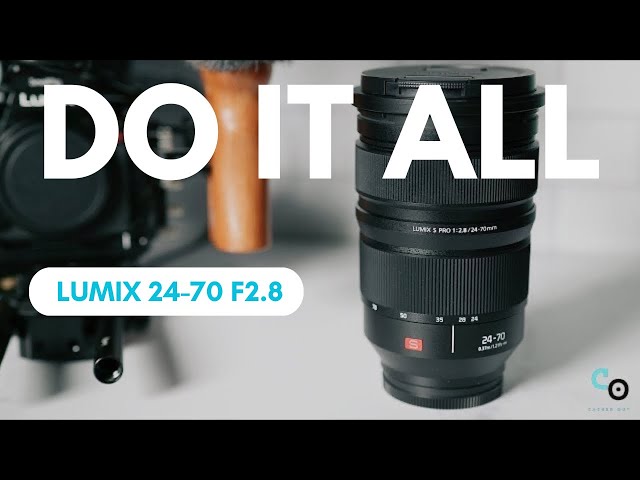
The zoom range, that 12-35mm (24-70mm equivalent), felt incredibly versatile. Wide enough for landscapes or indoor shots, long enough for portraits or picking out details. It really did become my go-to lens for almost everything. It just worked, no fuss, no awkward adapter, no weird balance issues.
Final Thoughts
So yeah, that was my journey trying to get that “24-70mm experience” on my Lumix G7. Started off thinking I could just adapt a big full-frame lens, but that was mostly a hassle. The real solution was getting the proper Micro Four Thirds equivalent, the 12-35mm f/2.8. It gives you that classic, useful zoom range in a package that actually works well with the camera. If you’ve got a G7 or similar camera and want that versatility, forget the adapters for this range – just get the native 12-35mm or 12-40mm. It’s the right tool for the job.

